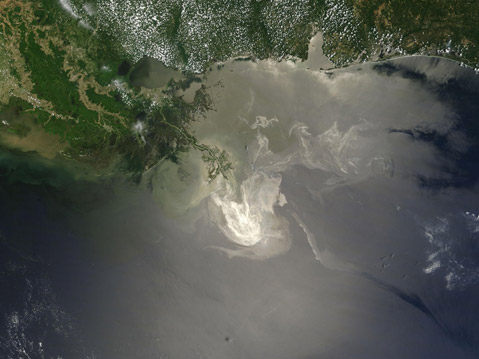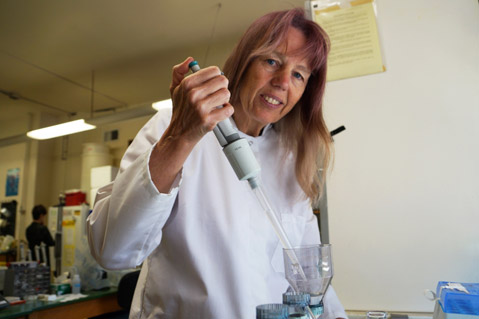Deepwater Horizon Oil Lingered, Says UCSB Study
Residue Fouled Seafloor in “Dirty Bilzzard” Months After Spill

A recent UCSB study revealed the 2010 Deepwater Horizon oil spill in the Gulf of Mexico created long-term effects that prove detrimental to underwater food webs and deep-water fish and coral.
Within a few weeks of the spill, scientists concluded there was no detectible oil in surface waters. However, UCSB Marine Science Institute oceanographer Uta Passow and other scientists have discovered that contaminants from the oil spill still linger on the subsurface of the water. After more research was conducted on the mechanisms transporting petroleum hydrocarbons to the ocean floor, it was also found that remnants of the oil — combined with microscopic algae and other marine debris — creates what’s called a “dirty blizzard,” which sinks to the seafloor.
“This sedimentation is primarily due to marine snow — so-called dust bunnies of the
ocean — composed of tiny phytoplankton, zooplankton feces, mucus, and other debris that sinks and carries with it suspended or dissolved substances,” Passow told The UCSB Current.

Fine sediment traps used to collect marine snow were spread over 4.5 miles from the site of the oil spill. To the surprise of many, who thought the oil contaminants quickly sank to the bottom of the ocean, evidence of contaminants was found clinging to the particles in the open water.
A large algal bloom that occurred from August-September of 2010 formed an excessive amount of marine snow, which aided the movement of the oil contaminants to the seafloor. Black carbon, barium, and olefin are contaminants that can also be found on the seafloor due to natural oil seeps, but according to Passow, her team used various “fingerprinting” techniques to confirm the contaminants discovered indeed originated from the Deepwater Horizon oil spill.
“People in the past have not really ever considered oil reaching the seafloor, especially in very, very deep areas,” said Passow in the Current. “We now know how the oil gets down there in large amounts and affects the communities that live there.”



